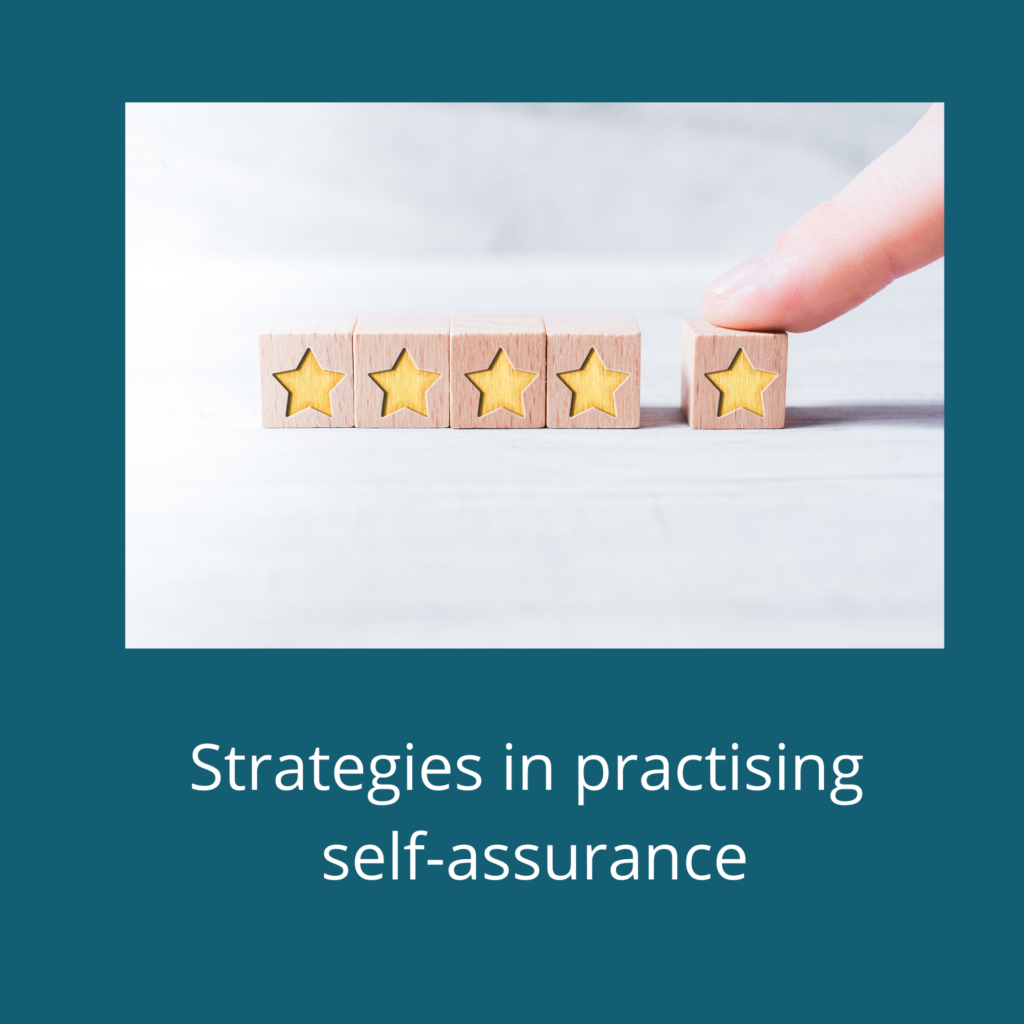Written by: John Price, Co-Founder & Consultant The VET Gurus and Loren Gray, Compliance Specialist Gray Management Systems
This article was originally published in The VET Gurus August newsletter which you can download here.
The recent shift by the Australian Skills Quality Authority (ASQA) for VET providers to adopt a self-assurance model will require providers to focus on quality outcomes, adopt a continuous improvement process whilst meeting their compliance obligations with the standards.
It is up to a provider to identify what a quality outcome is and adopt appropriate and proportional strategies to demonstrate self-assurance. In this article we will explore what quality is in reference to international best practises and provide strategies for providers to demonstrate self-assurance.
What is Quality?
According to the international standards on quality management and quality assurance, the ISO 9000 standard series simply defines quality as:
the degree to which a set of inherent characteristics of an object fulfils requirements
If a provider was to design and implement systems and processes which met student outcomes and compliance to the standards, the extent to which they meet those requirements would be evidence to prove a focus on quality.
To measure is to manage and this plays an important role in the self-assurance process. By measuring, a provider can feel more than just confident as to whether;
- They meet compliance requirements
- Students possess the required industry skills to obtain jobs and keep them and
- Identify areas of improvement including risks and opportunities
PDCA
In our first blog post (which you can read here) we discussed the Plan-Do-Check-Act cycle as a great way to maintain quality outcomes and self-assurance. However, adopting a PDCA approach only works when all four stages are operating.
Often providers are great at planning but fail to implement the systems and processes. This means they are unable to monitor and accurately measure performance. Sometimes the reason behind this is because policy and procedures have been written in order to meet compliance obligations and do not accurately reflect current business activity.
By using a PDCA approach, a provider will be able to demonstrate evidence of how they maintain quality outcomes and compliance, but also show how they are achieving self-assurance and provide evidence to an auditor when required.
Evidence and Proportionality
From an auditor’s perspective, a document that articulates the self-assurance activities undertaken by a provider is a good start. Examples of those activities may include;
- Self-assessments
- Internal audits
- External audits by independent auditors
- Evidence of findings being documented and actioned
- Corrective action
- Tabling of audit results to management meetings
- Evidence of Management involvement in actioning audit results
- Schedule of Internal audits
- Appropriately trained staff conducting audits
Subjects to be audited could include:
- Compliance to providers policies and procedures
- Assessment of student data and Student Outcomes
- Compliance to the Standards
- Outcomes from ASQA audits and directives
As an auditor, when you see a mature well-functioning self-assessment and internal audit process, the overall level of compliance is usually quite high.
It is important to remember that the complexity of self-assurance will vary according to the size of the provider, the nature of their systems and risks of the subjects on scope. Proportionality needs to be considered by each provider.
By undertaking and committing to self-assurance activities, providers will have greater ownership over their current level of compliance and responsibilities and have little issue in proving their level of confidence and self-assurance.
John and Loren will be exploring these topics further in a 30 minute fast PD session: Strategies for a meaningful RTO review on Tuesday 29 September 2020 at 10:00am AEST. You can get your ticket by clicking here.

